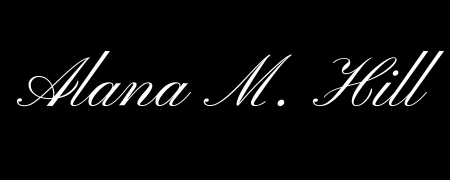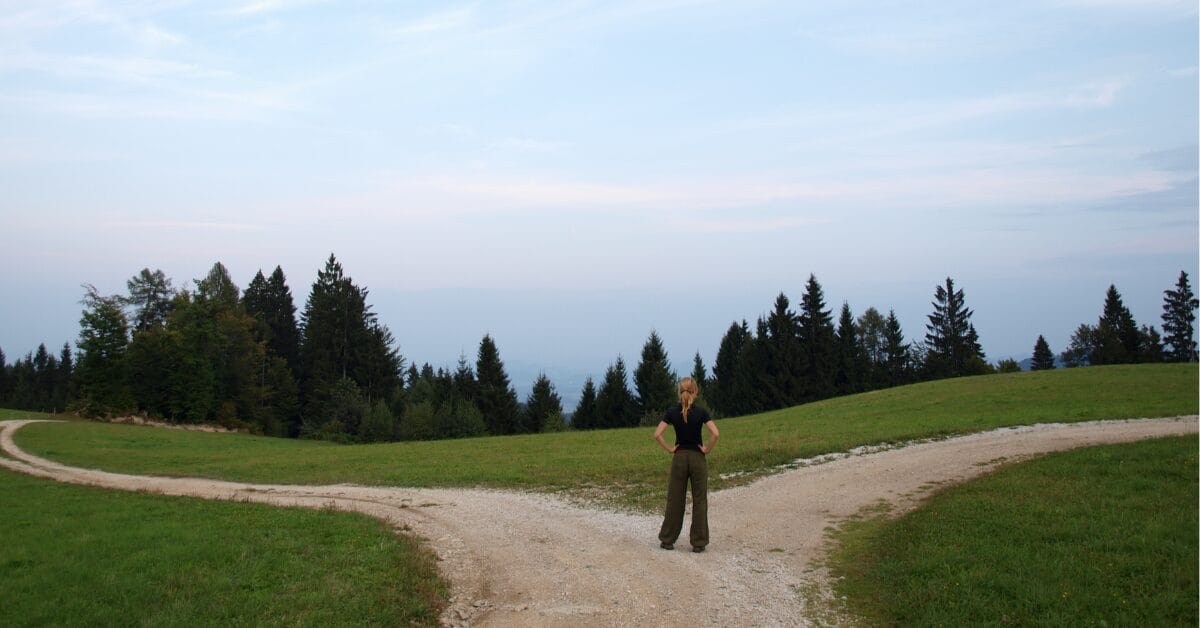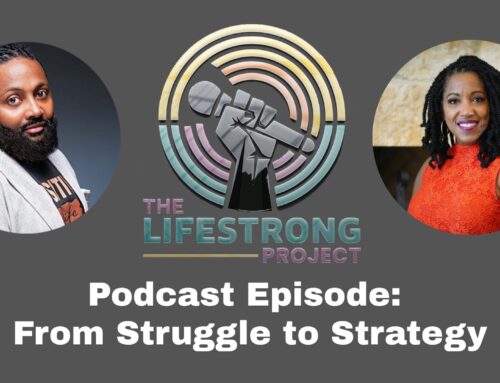One of the most difficult things to do—as individuals and as leaders—is to sit in uncertainty.
We’re conditioned to move quickly from one goal to the next, constantly navigating the next career move, business decision, or personal milestone. In leadership, we’re taught to plan, pivot, and persuade. We find comfort in knowing what’s next and rallying others toward it.
In fact, a key principle of change leadership is to ease the stress of transition by clarifying what’s next. Whether it’s launching a new system, going through a merger, or shifting team priorities, we manage the unknown by framing it as progress. Even when the full picture isn’t clear, we share what we do know—and highlight the benefits of what’s to come.
But what happens when we don’t know?
What do we do when the future truly is unclear—when there’s no strategy to spin it, no roadmap to follow, and no assurance to offer?
That’s the challenge many leaders face during profound transitions—grief, layoffs, identity shifts, or massive market changes. The uncertainty is unfiltered, and the discomfort is real.
We are a society that doesn’t sit well with ambiguity. I often say that “we don’t sit in curiosity.” The moment we encounter a gap in knowledge, we rush to fill it. We Google it, ask Siri, text a friend. We want answers now. Not knowing feels like weakness.
But what if we got comfortable in the season of not knowing?
What if uncertainty wasn’t something to escape, but something to explore?
The Leadership Opportunity in the Unknown
Sitting in uncertainty doesn’t mean sitting still. It means learning to be present in the process rather than rushing toward outcomes. In change leadership, it means creating space for exploration, experimentation, and yes—discomfort. Because that’s often where the most meaningful growth occurs.
“The middle is messy, but it’s also where the magic happens.”
— Brené Brown, Rising Strong
And that’s what we miss when we rush. We miss the innovation, the insight, and the resilience that only emerge when we stay present in uncertainty.
A Personal Reflection
I’ve had to sit in seasons of uncertainty more than once—both as a parent and as a professional.
Most recently, I watched my son graduate from college with pride, knowing how hard he had worked to reach that milestone. And then came the question everyone loves to ask: “What’s next?” His answer? “I’m taking a gap year.” There was no roadmap, no tightly packaged plan—just a well-considered decision to pause. And as a mother (and a project manager at heart!), I had to resist the urge to rush him toward clarity. Instead, I leaned into the discomfort with him, trusting that rest and reflection are sometimes exactly what’s needed to prepare for what’s next.
Years earlier, I faced a similar season myself—leaving a successful corporate career without a new role lined up. I knew I needed to close that chapter, even though the next one hadn’t been written yet. I didn’t have all the answers. What I had was faith, experience, and a growing sense of purpose. That pause led me to my calling as a speaker, consultant, and catalyst for change.
Both of those moments reminded me that uncertainty is not the absence of progress—it’s often the space where transformation begins.
How to Make “Not Knowing” Easier
Whether you’re navigating personal change or leading through professional transition, here are four ways to stay grounded:
- Acknowledge the discomfort. Give yourself (and others) permission to feel uneasy.
- Shift from control to curiosity. Ask, “What might this season be teaching me?”
- Stay grounded in values. When the path is unclear, your principles can still guide you.
- Hold space for others. You don’t need to fix uncertainty—just be present in it.
In a world obsessed with answers, learning to pause in the questions is a radical act of leadership. Sitting in uncertainty is not just a leadership skill—it’s a human one. And it’s one worth practicing.






